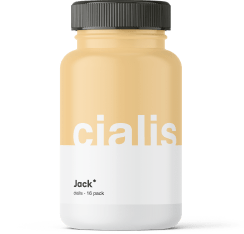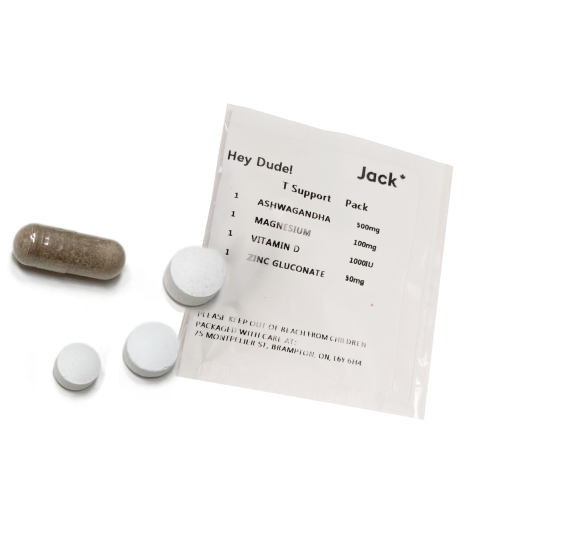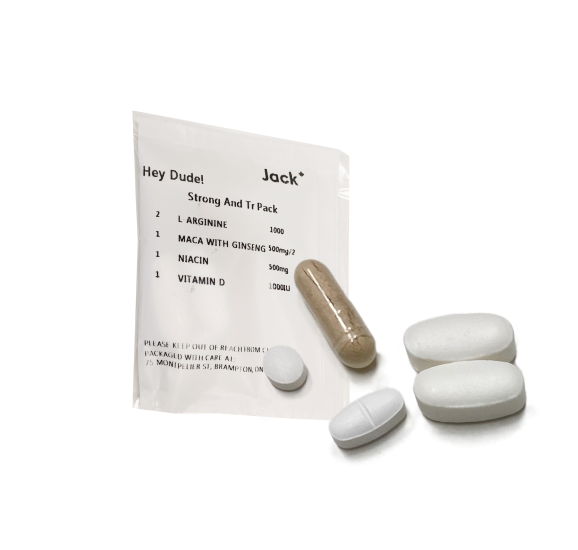The Trulicity Dosing Guide provides detailed instructions for administering Trulicity (dulaglutide), The guide also includes instructions on what to do if a dose is missed, how to administer the medication, and important notes on injection technique and storage.
What is Trulicity Dosing?
Trulicity dosing refers to the prescribed administration of Trulicity (dulaglutide), a medication. It involves subcutaneous injections, typically starting at a dose of 0.75 mg once weekly, with the possibility of increasing to 1.5 mg.
The dosing can be adjusted based on individual patient needs, with a maximum recommended dosage of 4.5 mg once weekly.
Trulicity is known for its once-weekly injection schedule, which can be administered at any time of day, with or without food, and in various body areas such as the abdomen, thigh, or upper arm.
The dosing regimen is designed to improve blood sugar levels in adults with type 2 diabetes, forming a part of a comprehensive diabetes treatment plan that may include diet, exercise and other diabetes.
Trulicity Form
Trulicity is a medication which comes in a pen form for easy administration. This form allows for a more convenient injection process, directly into the abdomen, thigh, or arm.
Trulicity Strengths
Trulicity is available in different strengths to optimize treatment for each patient. These strengths are crucial to adjust the dose based on individual health needs and history.
Trulicity is available in four strengths:
- 0.75 milligrams (mg) per 0.5 milliliters (mL) of liquid solution
- 1.5 mg per 0.5 mL of liquid solution
- 3 mg per 0.5 mL of liquid solution
- 4.5 mg per 0.5 mL of liquid solution
Trulicity Doses Per Pen
Each Trulicity pen contains a single dose. It’s important to follow the instructions carefully to ensure the correct dose is administered.
Trulicity Dosing Schedule
After you start using Trulicity, your doctor will monitor you to see how the drug is working. If needed, they may suggest a dose increase to help.
Adult Dosage
The typical dosage range for Trulicity is 0.75 mg to 4.5 mg once per week. The usual starting dose is 0.75 mg.
The highest dose of Trulicity is 4.5 mg, given once per week.
Typically, your doctor will start you on a low dosage. Then they’ll adjust your dosage over time to reach the right amount for you. Your doctor will ultimately prescribe the smallest dosage that provides the desired effect.
Pediatric Dosage
Recommended for Diabetes Mellitus Type 2
Indicated an adjunct to diet and exercise to improve glycemic control in patients aged ≥10 years with type 2 diabetes mellitus (T2DM)
- Initial: 0.75 mg SC once weekly
- If additional control needed, increase to 1.5 mg once weekly after at least 4 weeks on the 0.75-mg dose
- Not to exceed 1.5 mg/week
Trulicity Doses Per Pen
Each pen is designed for a single use, ensuring patients receive the exact dose prescribed. Each pen contains one weekly dose of Trulicity (0.75 mg, 1.5 mg, 3 mg or 4.5 mg). Each pen delivers only one dose. You can use your pen at any time of the day, with or without meals.
Administration of Trulicity
The administration of Trulicity, a medication involves subcutaneous injections.
Trulicity should not be mixed with other injectables, although it can be administered in the same body region as other medications like insulin, provided the injections are not adjacent to each other.
Proper administration technique and adherence to the prescribed schedule are key to the effectiveness of Trulicity
How to Take Trulicity Dosage
To administer Trulicity, inject the medication once a week, on the same day each week, into the abdomen, thigh, or arm. Always use a new pen for each injection.
- Take off the cap at the end – this protects the needle which you can’t see in the pen barrel
- Put the pen against your skin
- Turn to the unlock position – the green unlocked padlock
- Press the button – this is the first click noise you will hear
- Keep the pen against your skin until you hear the second click – this will take a few seconds
- Dispose of the Trulicity pen – you can dispose of your pen in the normal rubbish bin as the needle retracts back into the pen
For those new to Trulicity or looking for more detailed information on its usage, our comprehensive guide on how to use Trulicity offers step-by-step instructions and practical tips to ensure effective administration and handling.
Storage Requirements for Trulicity Dosage
Store your pen in the refrigerator, but do NOT freeze your pen. If you decide to travel with your Trulicity pens, you can keep them at room temperature (below 86°F, 30°C) for up to 14 days. Before use, let the pen reach room temperature to reduce injection site pain.
Warnings/Precautions When Taking Trulicity Dosage
Be aware of possible side effects like nausea, diarrhea, and abdominal pain. Consult your doctor if you experience severe symptoms or allergic reactions. Tell your healthcare provider if you have any of the symptoms:
- Do not use Trulicity if you or any of your family have ever had a type of thyroid cancer called medullary thyroid carcinoma (MTC).
- Do not use Trulicity if you have Multiple Endocrine Neoplasia syndrome type 2 (MEN 2).
- Do not use Trulicity if you are allergic to dulaglutide or other ingredients in Trulicity.
When to Increase Trulicity Dose
Your doctor will decide when to increase the dose, typically after evaluating your response to the treatment. Recommended starting dosage is 0.75 mg injected subcutaneously once weekly. Increase dosage to 1.5 mg once weekly for additional glycemic control.
Understanding Truicity 3 mg Dose
The 3 mg dose is often a step-up from the initial dose, prescribed to patients.
Understanding Trulicity 4.5 mg Dose
The 4.5 mg dose is the maximum and is prescribed when lower doses are not sufficient. Monitor for any side effects and consult your doctor regularly.
What Factors Affect Trulicity Dosage?
The dosage of Trulicity, can be influenced by several factors. It’s important for healthcare providers to consider these factors to optimize the efficacy of Trulicity while minimizing potential side effects.
Patient’s Medical History
A patient’s medical history plays a crucial role in determining the dose of Trulicity. Doctors will review and evaluate past health events, medication reactions, and diabetes management to prescribe the appropriate dosage.
It’s crucial for healthcare providers to review the patient’s full medical history and current medications to determine the most appropriate dosage of Trulicity, balancing efficacy in blood sugar control with the minimization of potential side effects. Regular monitoring and follow-up are essential to adjust the dosage as needed based on the patient’s response and any changes in their health status.
Body Weight and BMI
Here’s how these factors play a role:
- Absorption and Efficacy: The absorption and efficacy of Trulicity can vary with body composition. In individuals with higher body weight or BMI, the volume of distribution of the drug might be different, potentially affecting how the body processes and responds to the medication.
- Risk of Side Effects: Overweight or obese patients might have a different risk profile for certain side effects. For instance, gastrointestinal side effects, which are common with GLP-1 receptor agonists like Trulicity, might be experienced differently by patients depending on their weight and BMI.
Kidney Function
Kidney function is essential in determining Trulicity dosage. Impaired kidney function might require a decrease in dose to prevent adverse side effects. Patients with renal impairment or a history of kidney disease may require dosage adjustments. Trulicity is eliminated through the kidneys, so impaired kidney function can affect how the drug is processed in the body.
Liver Health
Similar to kidney function, liver health is also considered. Liver impairment can affect medication absorption and metabolism, necessitating dosage adjustments.
Existing Medical Conditions
Existing medical conditions, such as heart disease or pancreatitis, can impact dosage decisions. Doctors will evaluate these conditions to prescribe a safe and effective dose.
Missed Dose Protocol
Trulicity is injected once weekly, ideally on the same day each week. If you’re unsure what to do about a missed dose, talk with your doctor or pharmacist.
To help make sure that you don’t miss a dose, try using a medication reminder. This can include setting an alarm on your phone or downloading a reminder app. Including it on your calendar can help, too.
What to Do If You Miss a Dose
If you’ve missed a dose of Trulicity, here’s what you should do next:
- If there are at least 72 hours (3 days) left before your next scheduled dose, take the missed dose as soon as possible.
- If there are fewer than 72 hours until your next scheduled dose, skip the missed dose.
- Do not take more than one Trulicity dose in a 72-hour period.
How to Get Back on Schedule
For example, let’s say you inject Trulicity every Monday. On a Thursday, you realize that you forgot your dose on Monday. You should inject your dose on Thursday as soon as possible. Then, you’ll continue with your regular dosing schedule. If you realize on a Saturday that you forgot to inject your Trulicity on Monday, though, wait and take your next scheduled dose on Monday.
If you like, you can change the day of the week that you take Trulicity. Just make sure that there are at least 72 hours between your last dose and your new dose. Your doctor can help you with this.
Overdose Information
An overdose of Trulicity, can lead to serious health implications and requires immediate medical attention. It’s important for patients and caregivers to adhere strictly to the prescribed dosage and to consult healthcare professionals immediately if an overdose is suspected.
Regular monitoring and medical guidance are essential to prevent overdose scenarios and to manage the medication effectively.
Signs and Symptoms of Overdose
Symptoms of a Trulicity overdose may include severe nausea, vomiting, and hypoglycemia. Be vigilant and monitor for any unusual reactions.
Immediate Actions and When to Seek Medical Help
In case of an overdose, seek medical help immediately. Record the amount and time of the overdose and provide this information to healthcare professionals.
Trulicity Side Effects
Mild side effects of Trulicity that have been reported include:
- belly pain
- burping
- constipation or diarrhea
- fatigue (low energy)
- indigestion
- injection-site reactions, which may cause rash, bruising, or pain
- loss of appetite
- nausea and vomiting
Monitor these symptoms and consult your doctor if they persist or worsen.
Key Takeaways
- Trulicity Dosage and Administration: Trulicity (dulaglutide) with a typical starting dose of 0.75 mg once weekly, potentially increasing to 1.5 mg for better glycemic control. The maximum dosage is 4.5 mg once weekly. It’s administered via subcutaneous injections in areas like the abdomen, thigh, or arm, and can be taken any time of day, with or without food.
- Dosage Forms and Strengths: Trulicity is available in four strengths: 0.75 mg, 1.5 mg, 3 mg, and 4.5 mg per 0.5 mL of liquid solution. Each pen contains a single dose, ensuring precise administration.
- Factors Influencing Dosage: The dosage of Trulicity can be affected by the patient’s medical history, body weight, BMI, kidney function, and liver health. These factors are considered to optimize treatment efficacy and minimize side effects.
Frequently Asked Questions
What is the Highest Dose of Trulicity?
The highest dose of Trulicity is 4.5 mg, prescribed for patients requiring maximum control.
What Happens If You Take a Double Dose of Trulicity?
Don’t double up on any Trulicity injections. This could result in too much medication in your body. If this happens, you may be more likely to experience side effects, including low blood glucose. If this happens, contact your doctor immediately.
What is Trulicity Starting Dose?
The starting dose of Trulicity is typically 0.75 mg, administered once a week, and may be increased based on patient response and doctor’s evaluation.
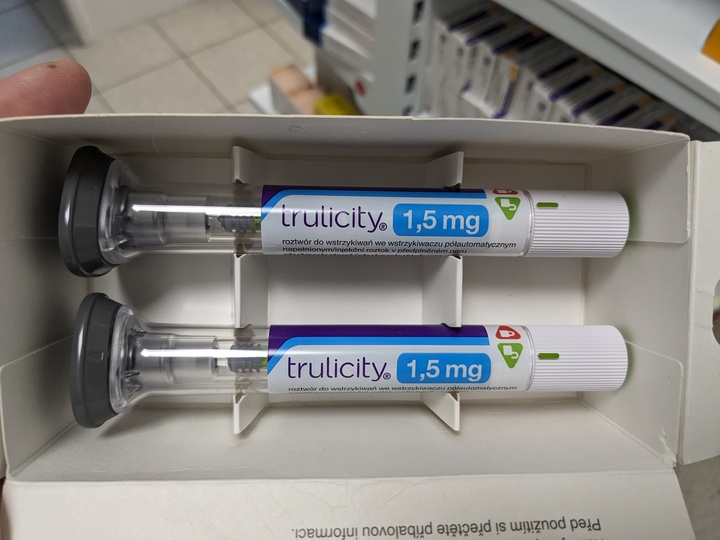




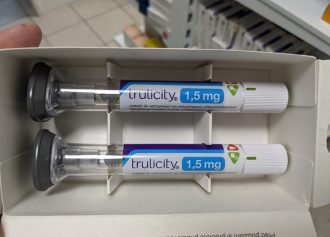







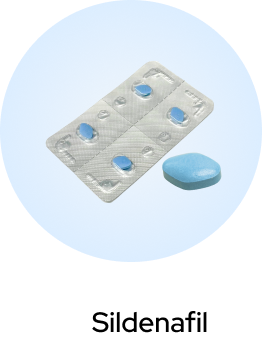
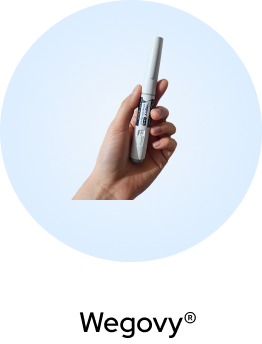
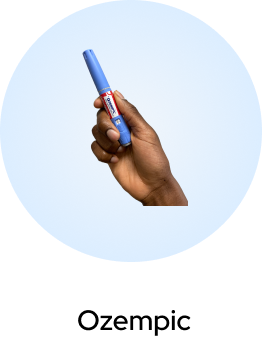


 (US)
(US)